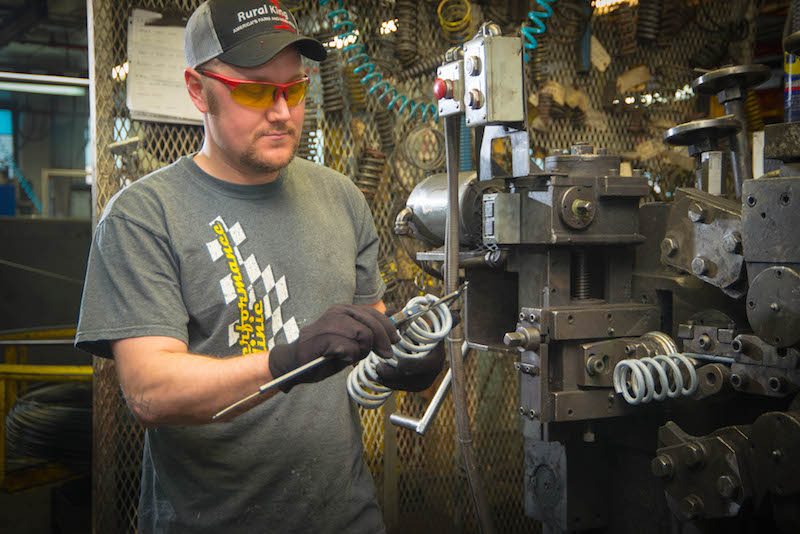Development Future: Spring Industry vs Traditional Hardware Industry
The landscape of industries has continuously evolved, embracing technological advancements and market demands. In this trajectory, the spring industry stands as a compelling case against the backdrop of traditional hardware manufacturing. As the industrial world shifts gears, the development trajectories of these sectors portray distinct pathways and future potentials.
Spring Industry: Pioneering Innovation
The spring industry, often overshadowed by larger sectors, has steadily carved its niche through innovation and adaptability. Then, Springs, once considered simple components, have undergone significant technological advancements. From traditional coil springs to intricate flat springs and complex configurations, the evolution has been remarkable. This industry’s integration of material science, engineering design, and precision manufacturing creates robust, specialized springs for automotive, aerospace, electronics, and more.
Technological Leap: Advanced simulations, 3D printing, and novel materials have redefined the production landscape, enabling rapid prototyping and customization. Such advancements have fueled a paradigm shift, offering tailored solutions for various applications.
Market Dynamics: Rising demand for miniaturization and high-performance components has made springs pivotal in cutting-edge technologies, driving industry innovations.
Traditional Hardware Industry: Legacy Meets Challenges
In contrast, the traditional hardware industry, deeply rooted in foundational manufacturing practices, faces challenges in adapting to modern demands. Integral to construction and infrastructure, the sector faces the challenge of technological upgrades amid shifting market landscapes.
Adaptation Challenges: The industry’s reliance on conventional production methods and resistance to technological integration pose hurdles in meeting evolving consumer expectations for efficiency, precision, and customization.
Market Dynamics: Global sustainability drives demand for eco-friendly materials, urging the traditional hardware industry to seek new growth avenues.
Future Prospects: Navigating Trends and Challenges
The future of these industries resides in their ability to adapt, innovate, and integrate technology. The spring industry’s growth potential relies on niche specialization and tech integration, whereas the traditional hardware sector must adapt its core strengths to meet modern demands.
Synergies and Collaborations: Collaborative efforts between these sectors could potentially bridge the gap, leveraging each other’s strengths to create novel solutions and redefine industry standards.
Challenges as Opportunities: Sustainability, digitization, and meeting emerging market needs can propel growth for both industries in today’s rapidly evolving landscape.
In conclusion, while the spring industry and traditional hardware industry represent diverse trajectories, their convergence and divergence create an intricate web of opportunities and challenges. Embracing innovation, technological integration, and market adaptability will chart the course for their respective developmental futures.

